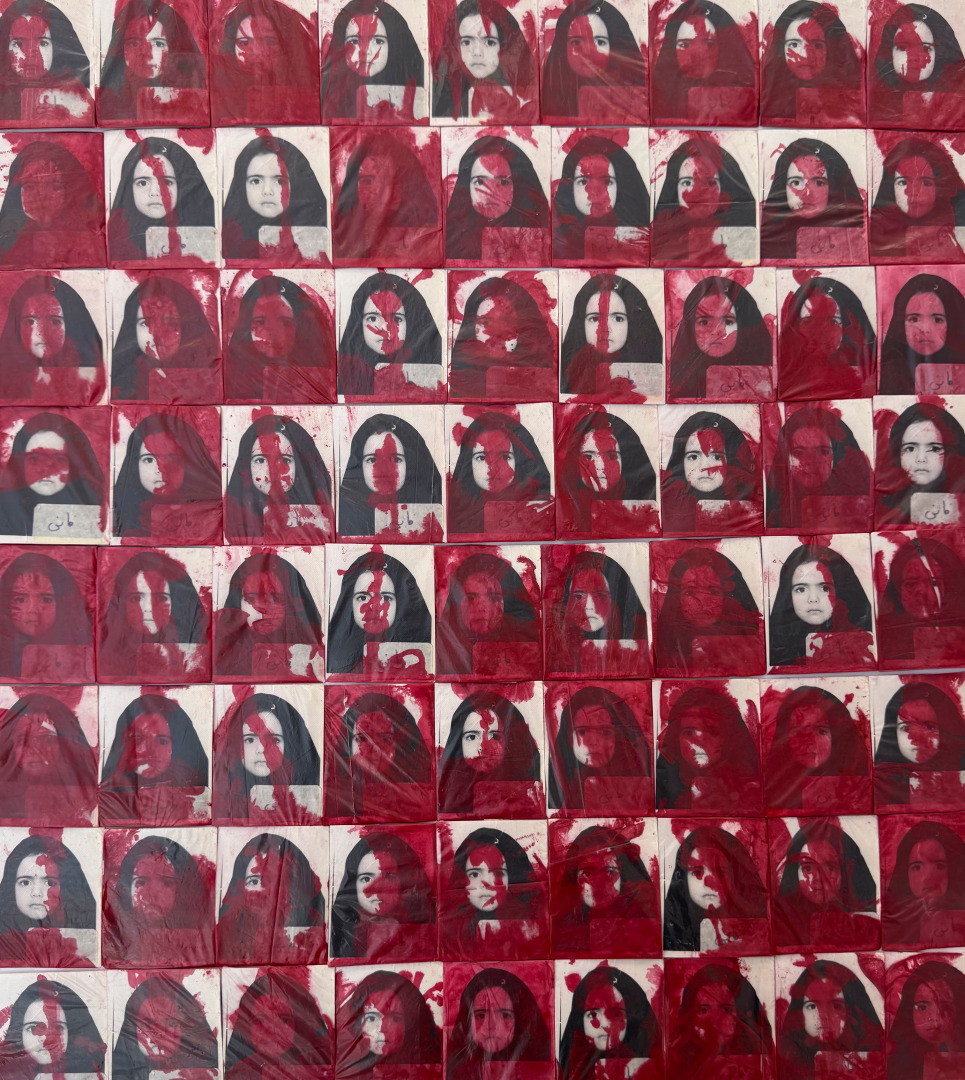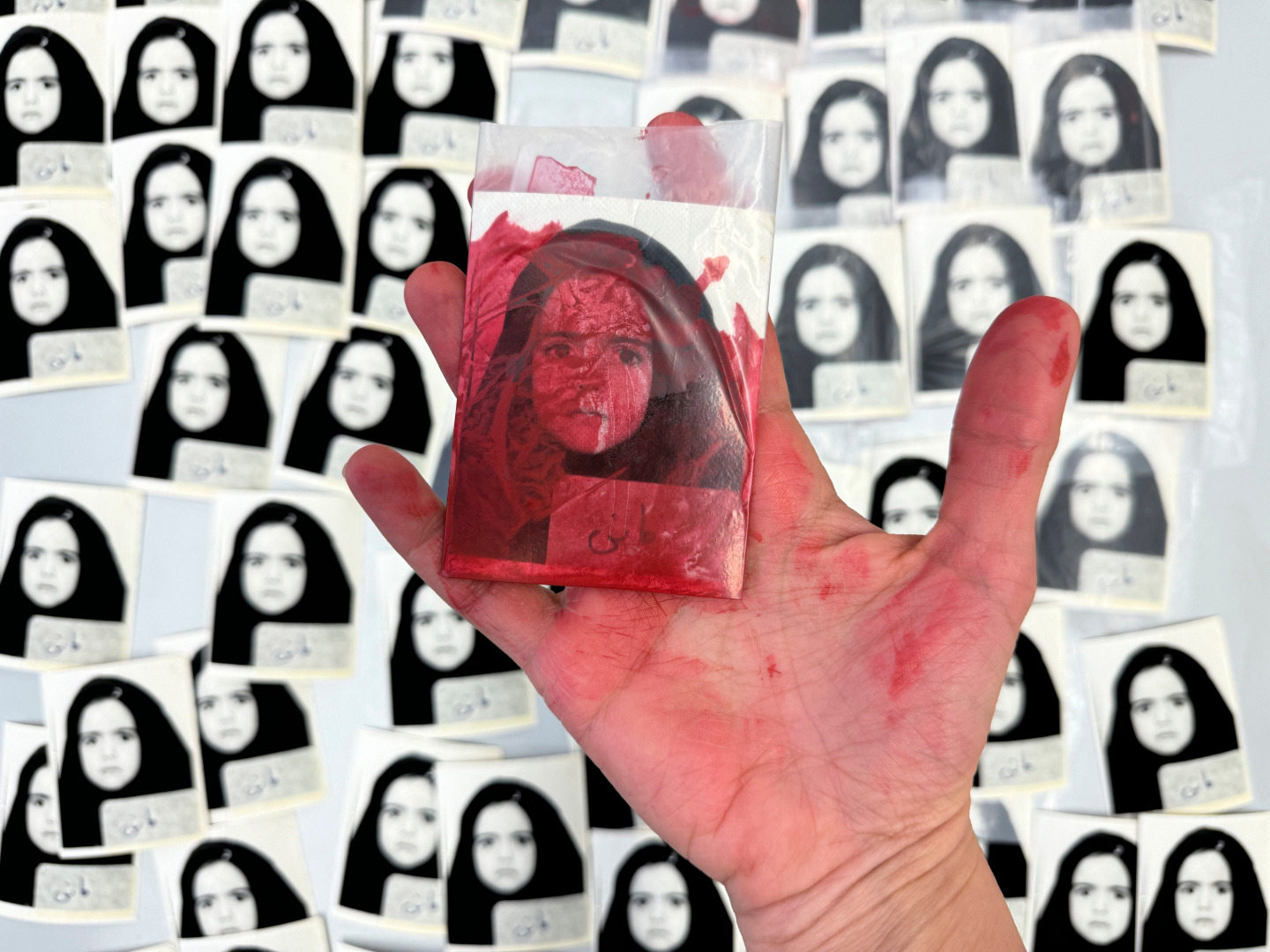Meet Fatemeh Fani
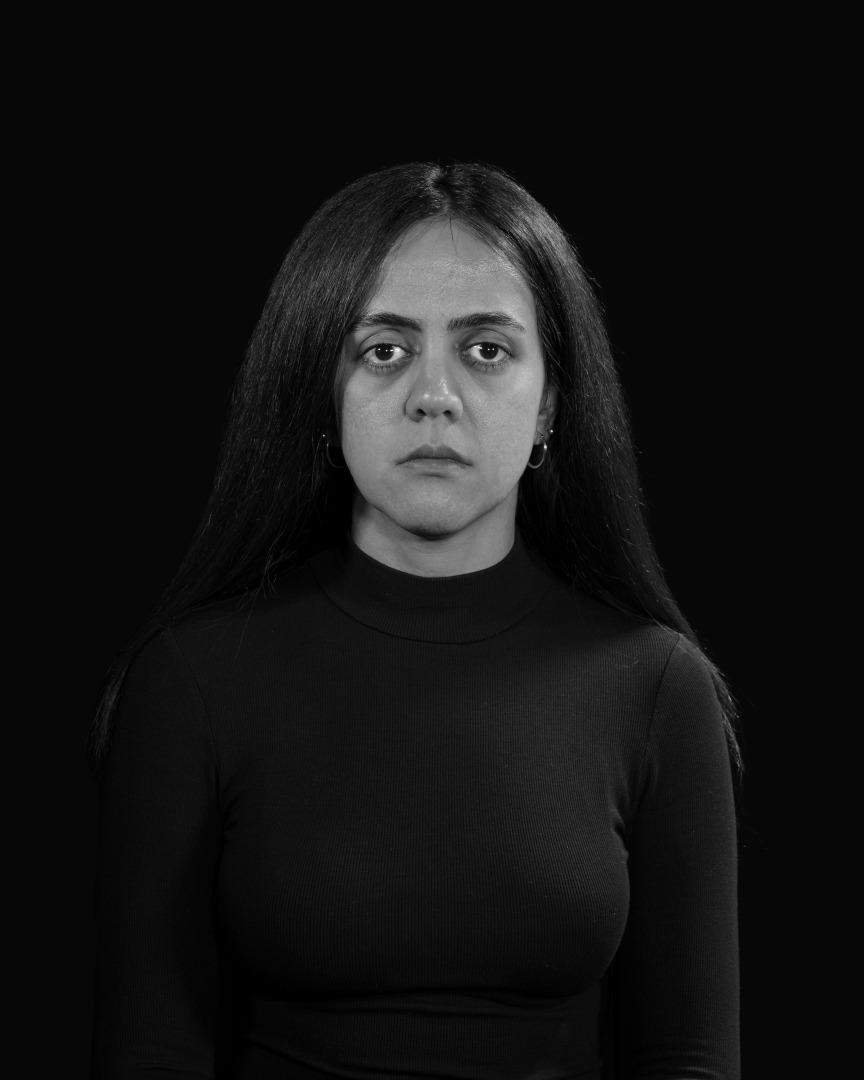

We had the good fortune of connecting with Fatemeh Fani and we’ve shared our conversation below.
Hi Fatemeh, looking back, what do you think was the most difficult decision you’ve had to make?
I am an Iranian women and I have chosen to create art and speak about my personal trauma, which is part of a collective trauma, because in my own country, I never had the freedom to speak, express my feelings or protest. Here, through my work and my words, I have sacrificed my chance of ever returning back to Iran, because I am exposing the true face of the Islamic Republic.
If I ever go back, I will be arrested, and my fate will be uncertain. As a result, I have no idea when—or if—I will ever see my family and friends again. But I have no regrets about the path I’ve taken. I have come to realize that my art is not only a personal healing process but also a form of resistance—a way to reclaim my voice in a society that tried to silence me. The fear of never seeing my loved ones again is a heavy burden, but the power of truth and the need for justice outweighs the cost. Through my work, I strive to honor the lives lost and the countless others who continue to suffer under the regime, ensuring their stories are heard even if mine is at risk.

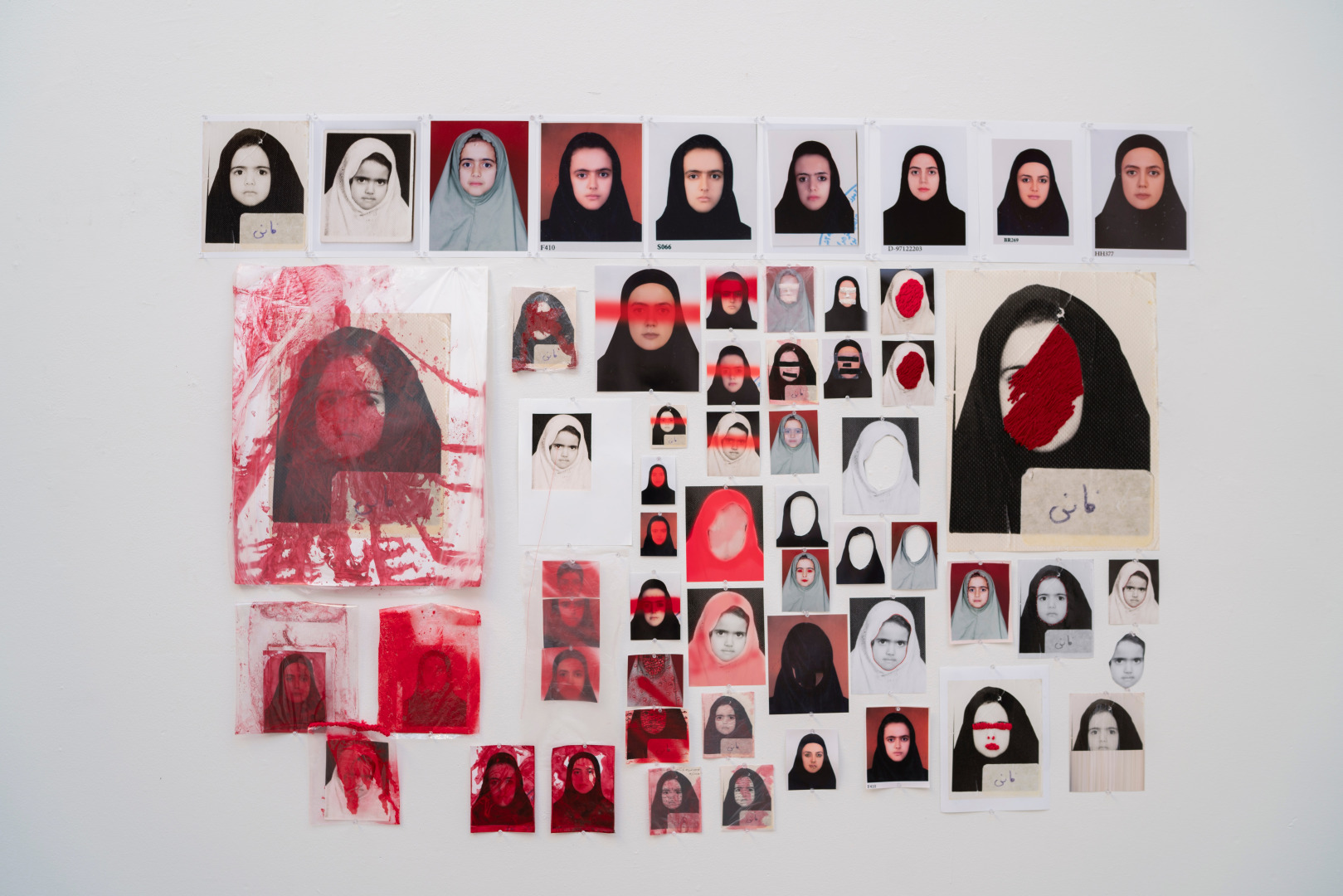
Alright, so let’s move onto what keeps you busy professionally?
I’m an interdisciplinary artist and a recent Iranian immigrant to the united states. When I moved to the U.S., I started a dual yet aligned research focuses on documenting the essence of America through the lens of an outsider from an Islamic country with a distinct cultural background and exploring personal archival photographs, themes of identity and questioning the mandatory hijab. The mandatory hijab is not just a matter of clothing; it is a matter of control, of erasure, of violence. The state views women’s bodies as property, to be hidden, controlled, and policed by the law, and the hijab is symbolic of that power. Since I’ve arrived here, my studio practice has been dedicated to raising awareness of these horrific events, as the people in Iran are denied the media platforms needed to have their voices to be heard. More than half of the news from my country is either censored by the regime or silenced by foreign media. My studio practice is a research project based on my personal traumatic experience as an Iranian woman. By depicting how a simple object, a scarf, loses its primary function and turns into a means of violence, murder, rape, suppression and oppression. By sewing, embroidering, and altering the images, I am transforming these moments of silence into a form of resistance. Each thread I weave represents the reclaiming of my story, my identity, and my voice. The scars, the threads, the ruptures—these are visual metaphors for the violence and trauma that women have suffered under the regime. Embroidery, for me, is a delicate yet powerful way of holding my personal history in my hands, it is a resistance. Every stitch is an act of defiance. I am using art as an act of protest and resistance as well as for advocacy and hopefulness. My Studio Practice entered a new phase which was aimed to express how the identity and humanity of an Iranian woman are stripped away. I started to make self-portraits for both remaking my archival photos and showing the Iranian women’s transition from legible to illegible. But this work is not just personal, these photos speak not only for me. The repetition of the image of this girl (me) serves 2 purposes: a connection to other girls and women who might feel the same, and the necessity of keeping their identities anonymous. The fact that my work is rooted in a deeply personal and lived experience is what makes my voice and practice distinct. As an Iranian woman who has always been a victim and witness of discrimination, limitation and restriction I am truly proud of myself because I have learned everything the hard way. Where I stand in life today didn’t come easily–I have fought for it, and I am still fighting. Hope is my most powerful and valuable weapon. It is the hope for a brighter future that keeps me moving forward. The most important outcome of this research is for my work to be heard, seen, and recognized, as the primary goal of this project is to raise awareness.
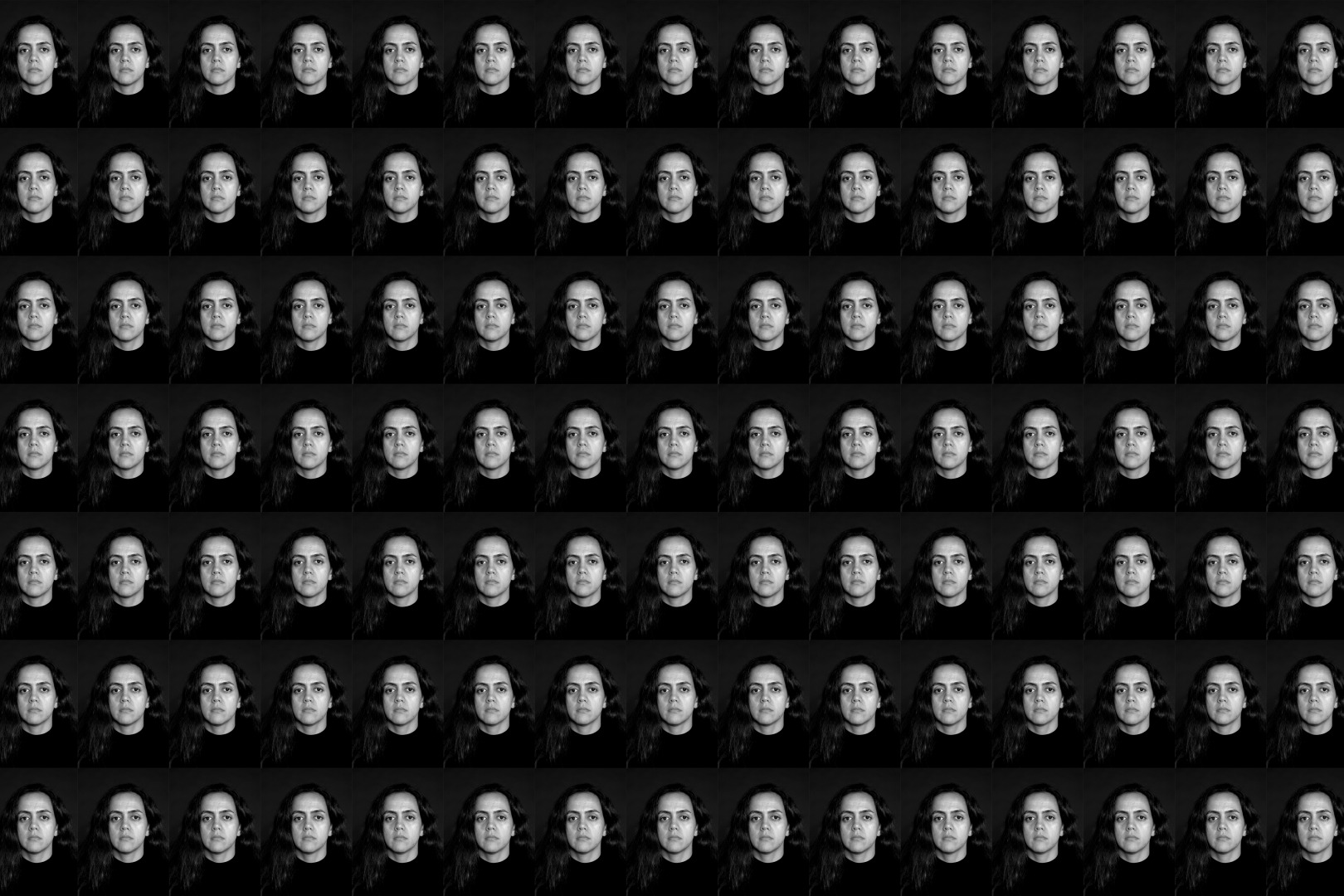
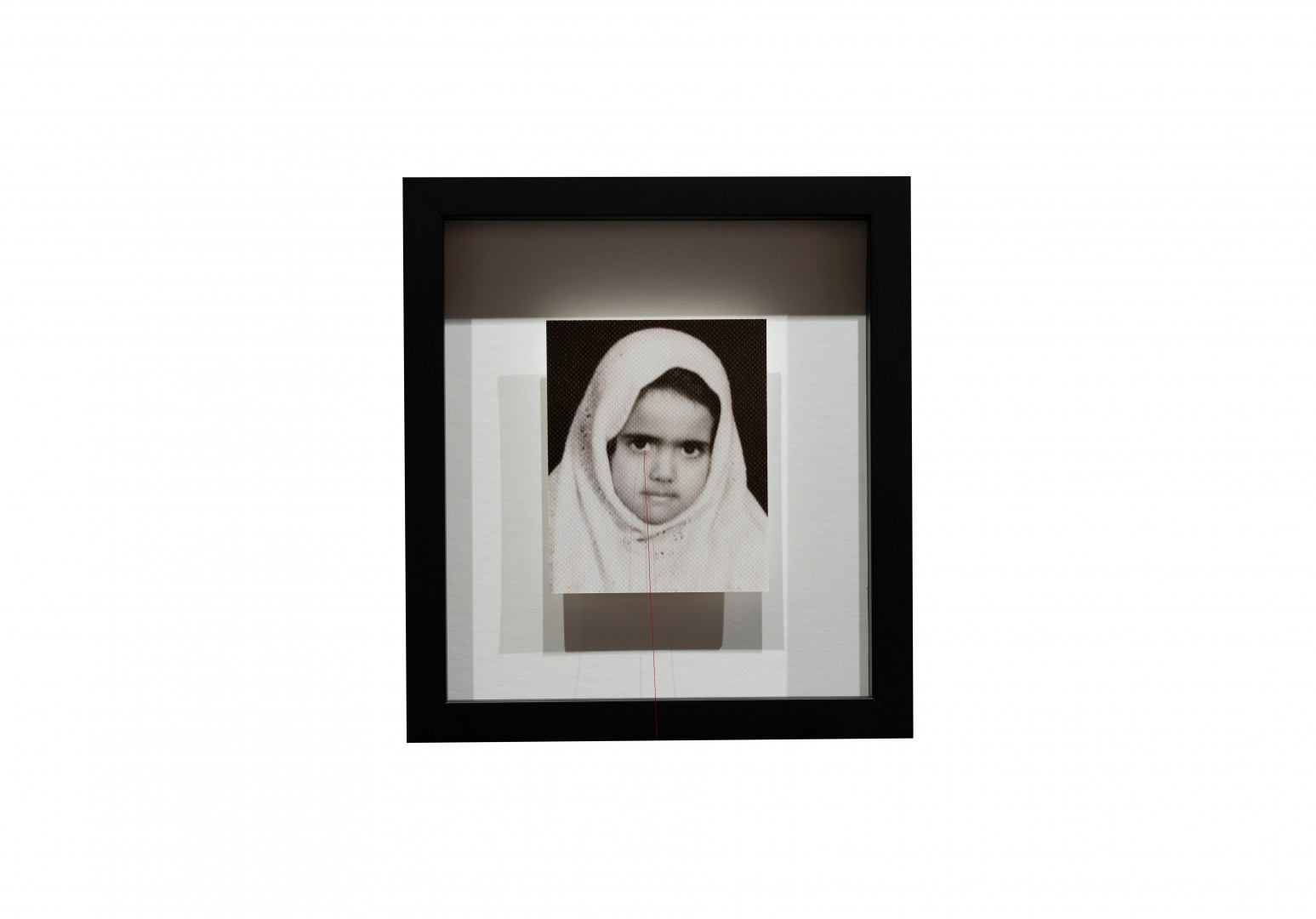
Let’s say your best friend was visiting the area and you wanted to show them the best time ever. Where would you take them? Give us a little itinerary – say it was a week long trip, where would you eat, drink, visit, hang out, etc.
If my friend visits LA, I’d take them on a vibrant cultural and culinary tour that blends the city’s iconic sights with the rich Iranian presence here.
We’d start with a classic LA experience—maybe a morning hike to the Griffith Observatory for panoramic city views and a peek at the Hollywood Sign. Then we’d cruise down Sunset or Melrose for a dose of that quintessential LA vibe.
Since LA is a hub for Iranians, I’d make sure we explore the best of Persian food. Lunch would be in Westwood, also known as “Tehrangeles.” We’d go to Shamshiri Grill or Darya for kabob, tahchin, or fesenjan, followed by Saffron & Rose for rich, fragrant Persian ice cream—like rosewater-pistachio or saffron with cream chunks. If we’re craving something more casual, Attari Sandwich Shop or Kabak has incredible sandwiches and stews.
We’d then visit The Getty or LACMA for art and culture, and maybe swing by the Broad or MOCA for contemporary art—especially since I love sharing creative spaces.
At night, I might take them to Santa Monica for a sunset walk along the beach or head to a cozy Persian café like Café Glacé for dessert and tea, where Persian pop music hums in the background. If they’re up for it, maybe even a DJ set or underground show in East LA or downtown, where art and nightlife fuse.
For me, it’s all about blending the diverse beauty of LA with the deep sense of cultural belonging that comes from its Iranian community.
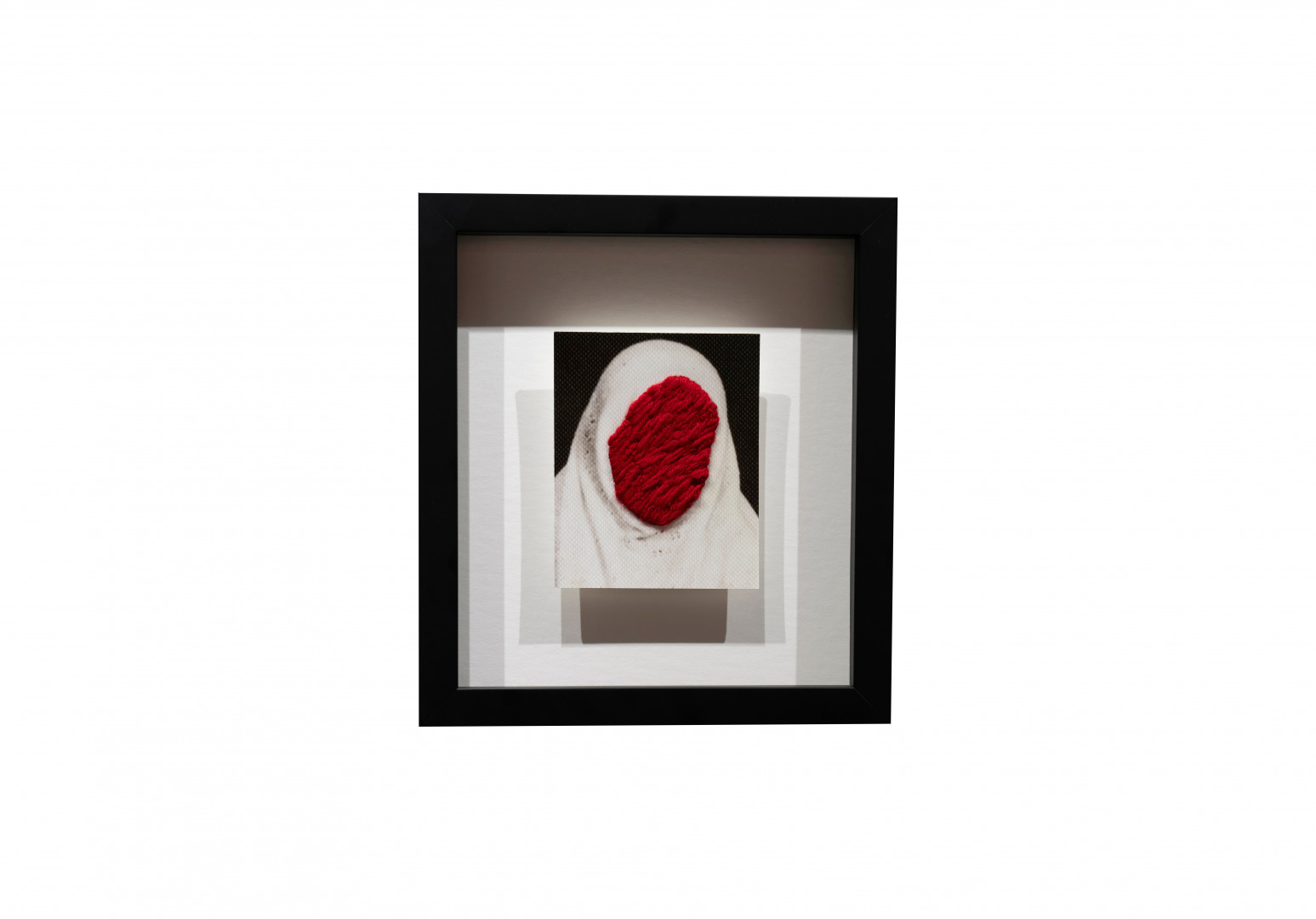
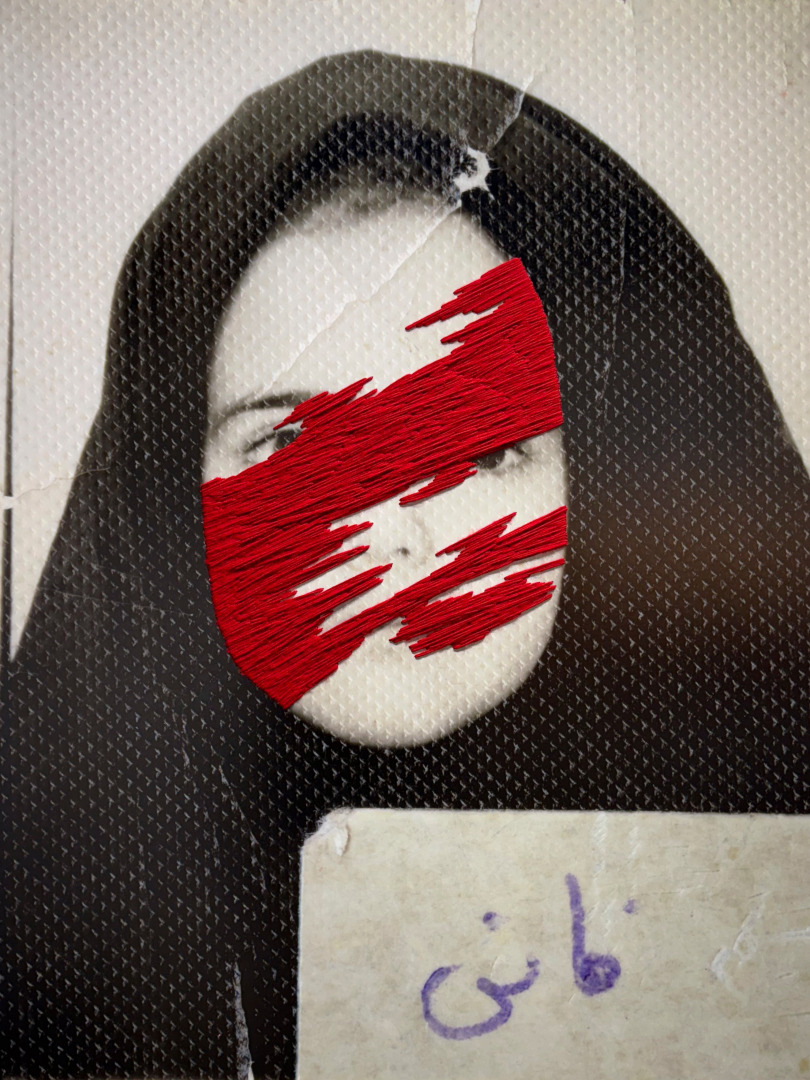
The Shoutout series is all about recognizing that our success and where we are in life is at least somewhat thanks to the efforts, support, mentorship, love and encouragement of others. So is there someone that you want to dedicate your shoutout to?
My deepest respect, appreciation, and admiration go to my Iranian compatriots, especially Iranian women—the bravest people I have ever known and my greatest inspiration. Their strength, resilience, and unwavering fight for freedom and dignity in the face of oppression move me every day. They carry a courage that is beyond measure, refusing to be crushed by the weight of injustice, and their voices, though silenced by fear, echo powerfully in every corner of the world. This recognition belongs to them—each and every one of them, whose sacrifices have paved the way for change and whose unwavering spirit continues to challenge tyranny. It is their courage that fuels my own, and it is their stories of resilience that I carry with me in every piece of art I create.
Website: https://fatemehfani.weebly.com
Instagram: fatemehhh_faniii
Linkedin: https://www.linkedin.com/in/fatemehfani
